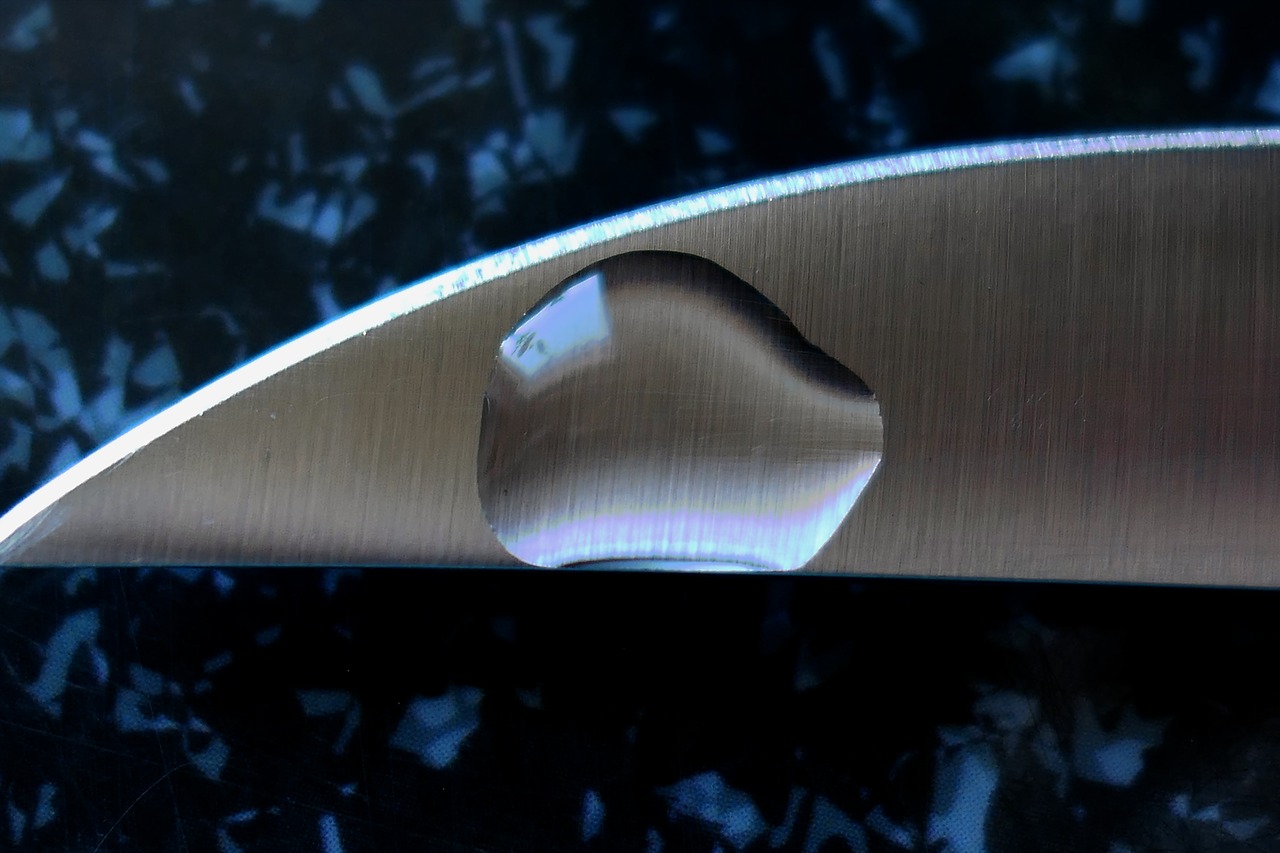How to Dispose of Knives Part 2

In Part 2 of ‘How to Dispose of Knives’, we’ll discuss more ways of how to safely dispose your knives. Not only using knives is important, but the way knives are to be disposed of is even more significant, as it also affects the environment and others in so many ways.
Returns
Another way to safely dispose of your old knives is to return it to where you purchased them. Although this method might not work for all shops and stores out there, there are actually some stores that will gladly take back the knifes you bought to either re-sell them as used knives or reforge them into new cutleries. Likewise, some shops will take back old products for safekeeping or recycling, or you may also be able to return them if there was a warranty policy that covered a return. Returning old knives to shops ensures the knife ends up in the right hands and can be safely disposed of. If the shop is close by, then a quick trip there to drop the knife off is all it takes. If you purchased your knife online, you can contact the shop’s customer service team and inquire to see if they accept returns. Some shops may even pay you a small fee for your knife if it’s still in decent condition, but this is rare. The goal here is to safely dispose of your knife, not resell it.
Create Art
If you’re an artist, or looking to get into metalworking, then you can surely come up with something creative like turning your old blades into works of art. Some people like to create metallic trees made of knives, or even bend old knives together to create statues. The possibilities are endless! This can also be a great opportunity for you to help your fellow knife enthusiast friends by taking their old knives off their hands. They get rid of their old knives with little fuss, and you can more material to create art! A win-win situation for everybody.
Reforging
Reforging is another method where you can dispose of old knives. Not only can your knife be reforged into something totally different, but it’s also possible to have the old knife reforged and reproduced in the same way as it was before. Reproducing your old knife to what it was like when you first bought it would require the services of a skilled blacksmith or knife maker. It might even require the services of the person who made it in the first place but finding the person might be a long shot. If your knife is unique and sentimental, this is an option worth pursuing. You can also keep the knife as a keepsake or display it somewhere. Keep in mind, the knife will need to be oiled to avoid the onset and spread of rust.
Throwing Them Away
When all options are exhausted without success, it may simply come down to just throwing the knife away if you really can’t hang onto it. If you are doing this, then to ensure the safety of the environment and also to make sure the knife doesn’t fall into the hands of children or the wrong person, consider following the following steps outlined below.
Newspaper Wrap: Wrapping your old knife with newspaper is a convenient and inexpensive way of securing the knife before dumping it. Take 6 to 7 layers of newspaper to wrap the knife and focus and pay special attention to the cutting edge of the blade. Make sure the blade isn’t exposed and be sure to wrap the handle so it’s not obvious what is being wrapped. Add layers of tape over the entire bundle to make it hard for anyone to open if they handle to want to see what’s wrapped inside.
Bubble Wrap: Bubble wrap is another great way of covering the knife before disposing it. While bubble wrap is harder to come by, it offers better protection than newspaper and isn’t easily affected by rain.
Cardboard Wrap: For larger knives with fixed blades, cardboard is a great way to wrap the knife as opposed to newspaper or bubble wrap. It’s also much safer. For an extra added layer of protection, apply tape around the cardboard to ensure it doesn’t move and is tight and secure. Make sure the handle is completely covered so it isn’t obvious what’s being concealed.
Clothes Wrap: This is a last resort if you can’t wrap your knife in any of the materials mentioned above. If you have old clothes lying around, then using them to wrap your knives is another viable disposable option and also more flexible as you can more tightly wrap the package. As mentioned, this is a last resort as the fabrics may contain chemicals which are bad for the environment and may take longer to decompose.
Owning a knife is a great responsibility and knowing when and how to safely to dispose of one once its life is over is just as important as knowing how to safely handle using one. Once a knife becomes unusable, it becomes a hazard as you could injure yourself due to the dullness which will impact your cutting routine. It could also break midway through a cutting task, or the knife could be rusting which would make you susceptible to dangerous infections. Knowing how to properly dispose of an old knife is extremely important.
